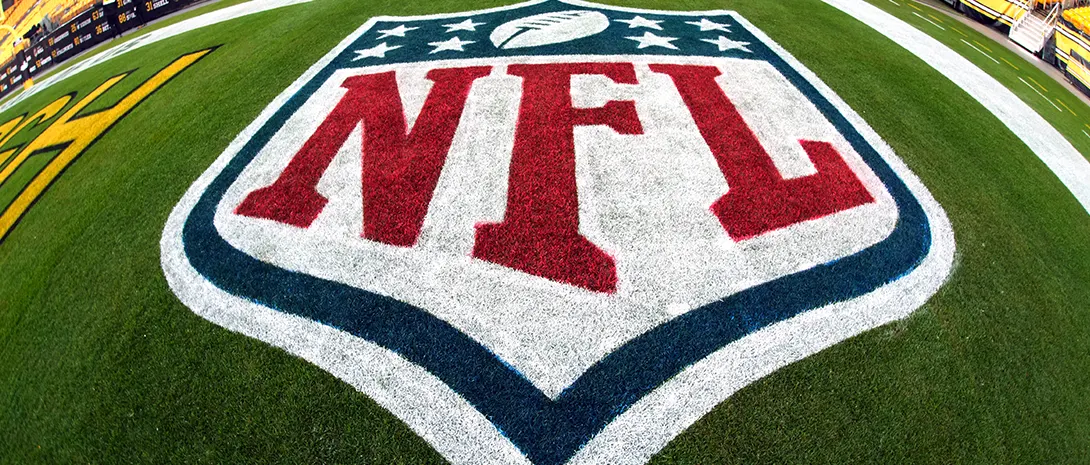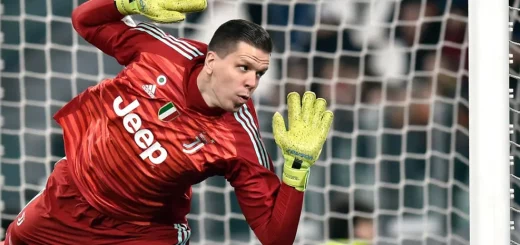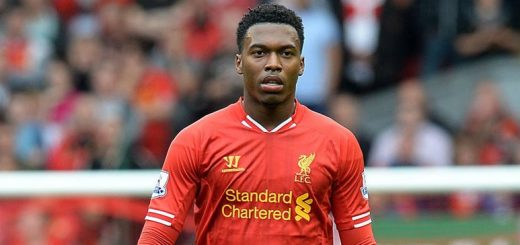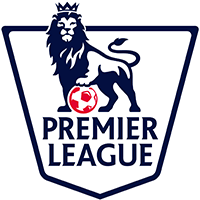
Key Takeaways:
- The NFL’s finance committee is leaning towards increasing debt limits for team owners.
- Currently, owners can have up to $600 million in debt on their teams, while buyers can use up to $1.1 billion in debt.
- The proposed figures are likely to be increased to $1 billion for owners and $1.6 billion for buyers.
- One point of contention among owners is the limit on debt for existing owners, with some advocating for an increase to $800 million.
- Rising interest rates have fueled the debate, with NFL borrowing costs increasing from about 1.125% above the Secured Overnight Financing Rate to 5.33% over the past year.
- Despite higher interest rates, NFL team debt represents only about 9% of team values on average.
- The NFL’s substantial television revenue, totaling at least $126 billion through 2032, supports increased debt limits without affecting the league’s credit ratings.
- The NFL currently has $12.153 billion available in various lending facilities for its teams.
Examining the NFL’s Potential Debt Limit Increase
The NFL’s finance committee is currently mulling over a significant proposal: raising the debt limits for team owners. The existing limits allow owners to carry up to $600 million in debt on their teams, while potential buyers can utilize as much as $1.1 billion in debt to acquire a team.
According to insights from NFL executives shared with Forbes, it appears that these limits are poised for a substantial increase. The proposed figures suggest a new cap of $1 billion for owners and $1.6 billion for buyers. However, one key point of disagreement among team owners centers on the maximum debt that existing owners should be allowed. Some members of the finance committee advocate for a more conservative increase to $800 million.
It’s worth noting that the NFL recently raised the debt limit for existing owners from $500 million to the current $600 million just a year ago. Similarly, the ceiling for buyers was elevated from $500 million in 2021.
Here Is How Much The NFL May Increase Debt Limits For Its Owners via @forbes https://t.co/Or7IlEM7Nf
— Mike Ozanian (@MikeOzanian) September 25, 2023
The impetus behind this discussion lies in the recent surge in interest rates. Over the past year, interest rates have risen significantly, impacting the NFL’s borrowing costs. The league traditionally borrows at a rate of approximately 1.125% above the Secured Overnight Financing Rate, which has climbed from 2.99% to 5.33% during this period.
Despite the rise in borrowing costs, the NFL’s financial landscape suggests room for increased leverage. On average, NFL team debt constitutes a mere 9% of team values. Even teams with relatively high debt, attributed to new stadium projects, such as the Las Vegas Raiders ($1.3 billion) and the Los Angeles Rams ($3.2 billion), have encountered no issues servicing their obligations.
Have no fear Southern Nevada, all those visiting NFL fans at @Raiders games who stayed in hotels are helping pay off that Raiders stadium public debt. You'll see what I mean: https://t.co/iuL6Xl6Dcp
Photo for https://t.co/RChZFnXxrH: Hugh Byrne pic.twitter.com/p2HRf4USsa— LVSportsBiz.com (@LVSportsBiz) September 25, 2023
Crucially, the NFL possesses a substantial safety net in the form of television revenue. With at least $126 billion in television funds earmarked for distribution among team owners through 2032, the proposed boost in team debt limits is unlikely to jeopardize the league’s high credit ratings for its notes or lending facilities.
As things stand, the NFL boasts an array of lending facilities, totaling $12.153 billion, designed to support its teams’ financial needs:
- Football Club Term Notes 2023-XV Trust, series A-F: $1.27 billion/A
- Football Funding II LLC revolving credit LWCF: Up to $4.113 billion/A
- NFL Ventures, L.P. (G-4 Stadium Finance Program): $1.3 billion/A+
- NFL senior unsecured notes (G-3 Stadium Finance Program): $70 million/A+
- Football Trusts leaguewide credit facility: $5.4 billion/A
This proposed increase in debt limits for NFL owners underscores the evolving financial landscape of professional sports leagues and their ability to navigate changing economic conditions while continuing to thrive.



 Premier League
Premier League La Liga
La Liga Bundesliga
Bundesliga Serie A
Serie A Ligue 1
Ligue 1 UCL
UCL



